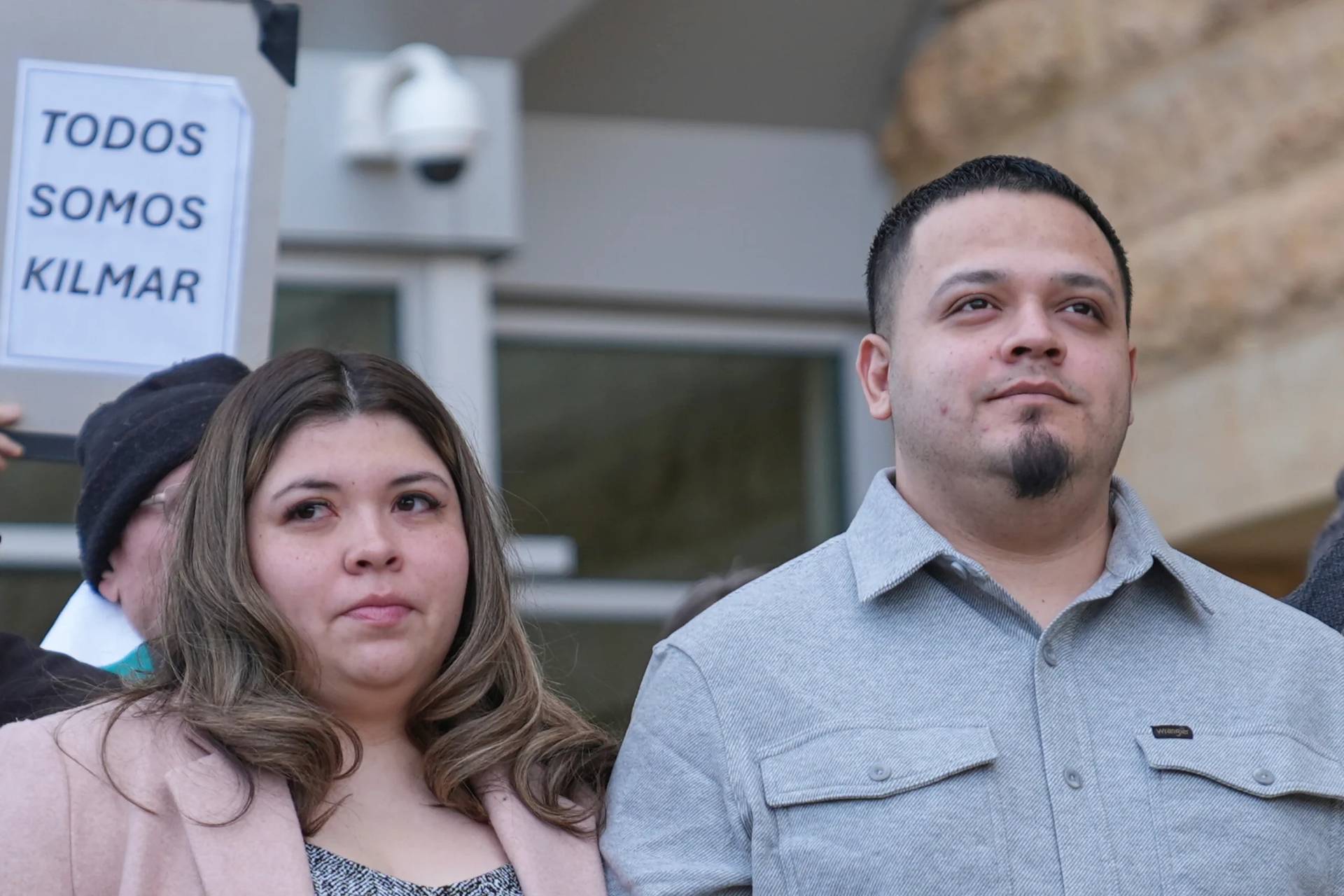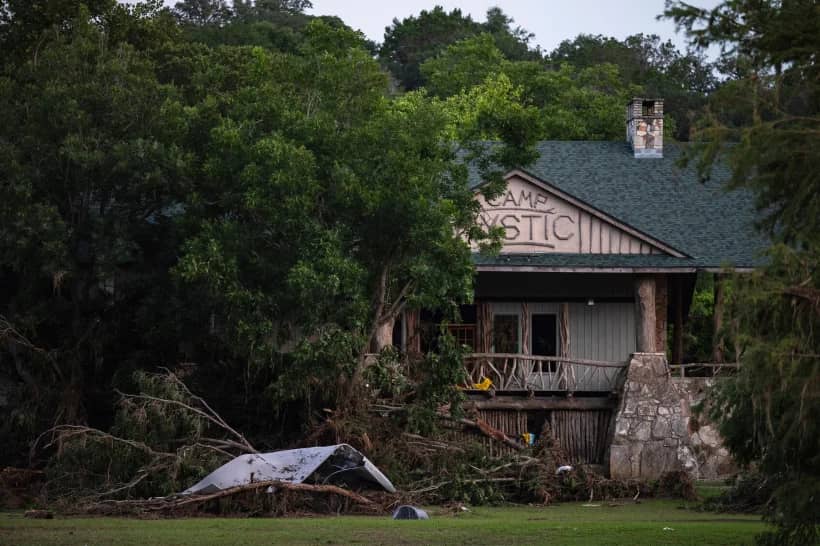Three thousand Hispanic Ministry delegates representing more than 165 dioceses will meet in Grapevine, Texas, at the V National Encuentro of Hispanic Latino Ministry during the weekend of Sept. 20-23.
The delegates attending Fifth Encuentro come from dioceses, ecclesial movements, schools, universities and Catholic organizations. Their selection from a pool of a quarter million people took place at the parish, diocesan and regional levels over the course of two years. Over 100 bishops are expected to lead the diocesan delegations.
The event, as these numbers indicate, will be a watershed moment for Hispanic Catholics in the United States — but not just for them. Fifth Encuentro will be a turning point for the Catholic Church in the United States, even if many people don’t realize it yet.
Painting by the Numbers
When the first Encuentro took place in 1972, there were 10 million Hispanics living in the United States and just one Hispanic bishop in the country: Bishop Patrick Flores, an auxiliary bishop of San Antonio, Texas, at that time.
In 1974, the United States Conference of Catholic Bishops (USCCB) established the Secretariat for Hispanic Affairs, one of the fruits of the first Encuentro. It was not until 1987 that the USCCB adopted the National Pastoral Plan for Hispanic Ministry.
Among the American episcopate, Hispanics have gone from being a mystery, or a pastoral concern, to a source of renewal and a reason for hope.
When Steve Bannon, the former chief strategist of the Trump White House criticized the efforts of the USCCB in favor of DACA, he said the reason for the bishops’ staunch defense of immigrants was actually an act of self-preservation: “They need illegal aliens to fill the churches. That’s — it’s obvious on the face of it,” he said.
While his reasoning seems petty, it is true that immigrants from Latin America — both legal and undocumented — have been a shot in the arm for the Church in the United States.
Back in 1991, close to nine out of 10 Catholics in the United States were white. Today, that number is down to 55 percent. There are more than 50 million Hispanics in America and 68 percent of them are Catholic.
According to a 2014 Pew Research Center Study, the U.S. Hispanic population is larger than the total population in all but two Latin American countries — Brazil and Mexico.
Today, about 40 percent of U.S. Catholics are Hispanic. Among millennials, the number is closer to 54 percent. Around 60 percent of all U.S. Catholics under the age of 18 are Hispanic. And the percentage of U.S. Catholic population growth since 1960 has been 71 percent Hispanic, according to the USCCB.
These numbers are staggering, and they are incessantly repeated, but is the importance of Hispanic Catholics reduced to their growing numbers? That is the question the Fifth Encuentro should answer.
Latin America and the United States
There are some remarkable parallels between Hispanic Catholics in the United States and Latin American Catholics as a portion of the universal Church. With more than 425 million Catholics, Latin America is home to nearly 40 percent of the world’s total Catholic population — the same proportion of Hispanic Catholics represented in the Church in the United States.
For most of the 20th century, Latin America was seen by Rome as Hispanics have been seen by the American episcopate — as the people who filled up the pews, but didn’t have a significant role in the leadership of the Church. In the words of the Uruguayan thinker Alberto Methol Ferré, until the 1960s the Latin American Church had been a “reflection Church,” a church that ‘reflected’ the ideas received from Europe, the “source Church.”
Things started to change with the Second Conference of the Latin-American bishops in Medellin, Colombia, in 1968 and the third one, celebrated in Puebla, Mexico, in 1978. But the Fifth Conference, celebrated in 2007 in Aparecida, Brazil, was the moment when the Latin American Church reached a critical mass.
The final document of Aparecida changed the perception of many cardinals and theologians in Rome and around the world. As British author Austen Ivereigh says in his biography of Pope Francis, “Aparecida was the expression of a new maturity, of a local Church come of age — Methol Ferré’s source Church.”
The chairperson of the committee charged with drafting the Aparecida document was the archbishop of Buenos Aires, Cardinal Jorge Mario Bergoglio. Six years later he would be elected pope. “Now the River Plate and the Amazon were pouring into the Tiber,” says Ivereigh. “As Francis soon made clear, Aparecida was now the program for the whole Church.”
The Francis Effect
Pope Francis’s visit to the United States in September 2015 was a historic moment for Hispanic Catholics.
He echoed their dreams and anguish in his homilies and speeches: “Many of you have emigrated (I greet you warmly!) to this country at great personal cost, in the hope of building a new life. Do not be discouraged by whatever hardships you face. I ask you not to forget that, like those who came here before you, you bring many gifts to this nation. Please, you should never be ashamed of your traditions.”
But his most important impact might have been less obvious. The pope spoke in the languages of Hispanic immigrants — Spanish and accented English. He was a symbol of the new roles they were called to embrace. If a cardinal from Latin America could be elected to be the successor of Saint Peter, everything was possible for the people of the Spanish-speaking peripheries.
Still, there are challenges to consider. While Hispanics are 40 percent of the faithful, they are just 10 percent of American bishops. This imbalance could have many causes, but the main one is the scarcity of Hispanic priests, who are only seven percent of the total. And many of those priests came from Latin America after their ordination and are not fluent in English. The pool for Hispanic bishops in the United States doesn’t match the Hispanic presence in the local Church.
Immigrant communities usually don’t produce abundant vocations to the priesthood in the first generation. Promoting vocations among the Hispanic youth should be a priority for every diocese in the United States.
The second generation of Hispanic Catholics is already here. While the press and the pastoral plans tend to focus on the plight of recent or undocumented immigrants, the majority of Hispanic Catholics — close to 60 percent — were born here. English is approaching Spanish as the most common language among Hispanic Catholics. They are, more than anything, Americans. And the Catholic Church in America should treat them as such.
In less than two decades, half of the Catholics in this country will be Americans of Hispanic descent. They are not just an addition to the Catholic Church in America. More than Irish or Italian, the Catholic Church in America is now Hispanic — and that trend will only become more pronounced in the future.
While immigration and social issues will be associated with Hispanics for a long time, we all need to stop thinking about this group as just people in need of a green card or English lessons. It is more accurate and fairer to think of them as half of the Church in America. Both Hispanic and non-Hispanic American Catholics sometimes fail to recognize this new reality. This change in our mindset should be one of the fruits of the Fifth Encuentro.
At the same time, the ideas and strategies radiating from the Fifth Encuentro will address not just the needs of Hispanic Catholics, but the needs of the Church in America. The Hispanic portion of the Church has the maturity and creativity needed to fulfill the role of a “source Church.”
The Fifth Encuentro shall be for America what the Conference of Aparecida — coincidentally, also “the fifth” — was for the universal Church: the coming of age of her Hispanic component. Now the Rio Grande shall pour into the Mississippi and the Potomac.
Jorge I. Domínguez-López is editor-in-chief of publications for DeSales Media Group, which includes The Tablet and the Spanish-language Nuestra Voz, in the diocese of Brooklyn.















